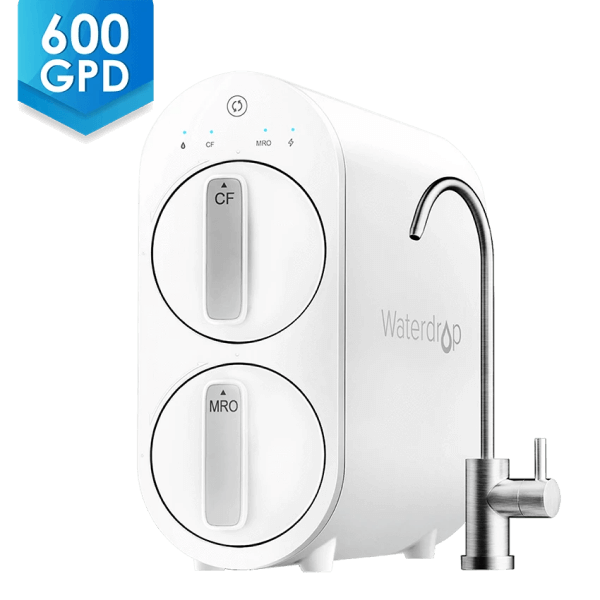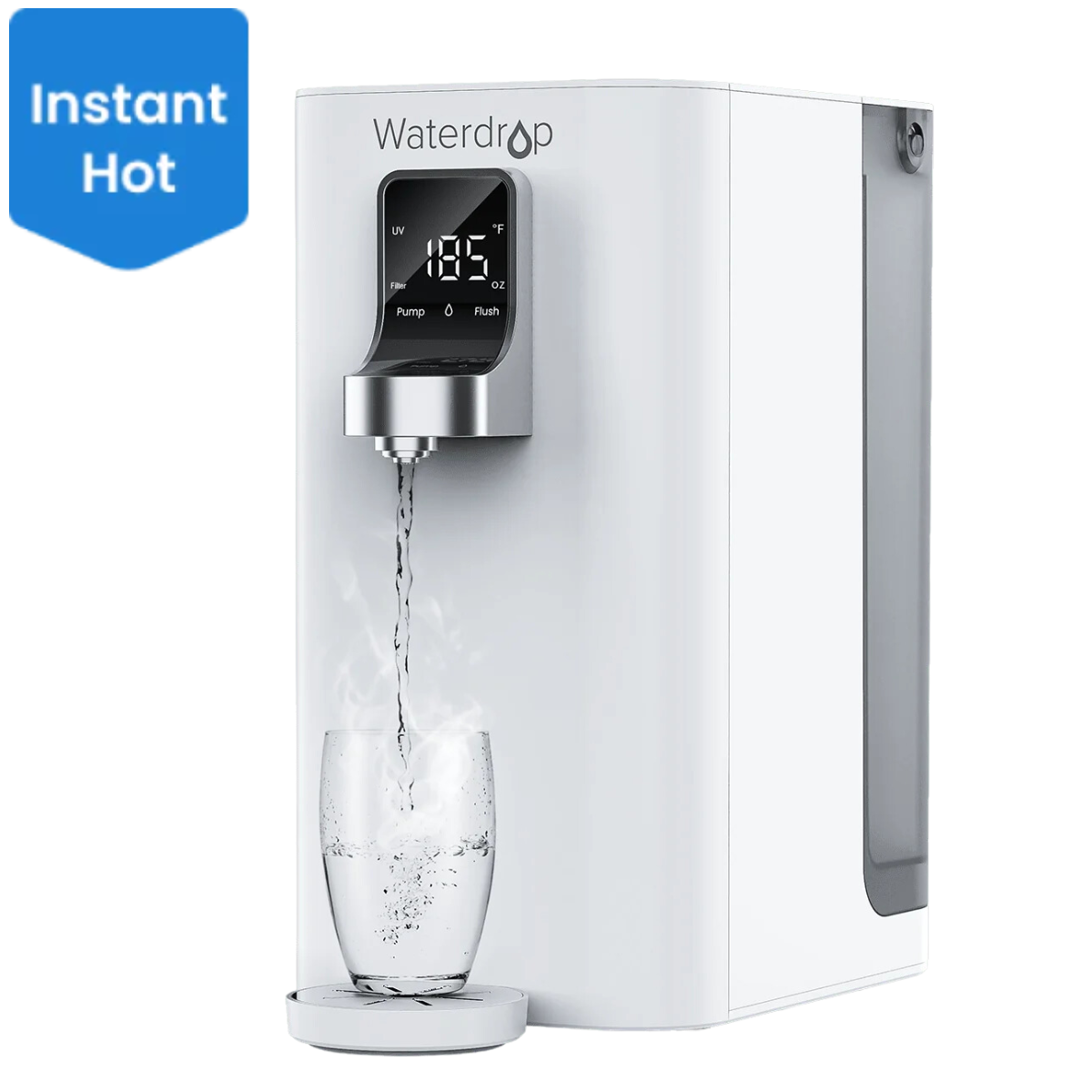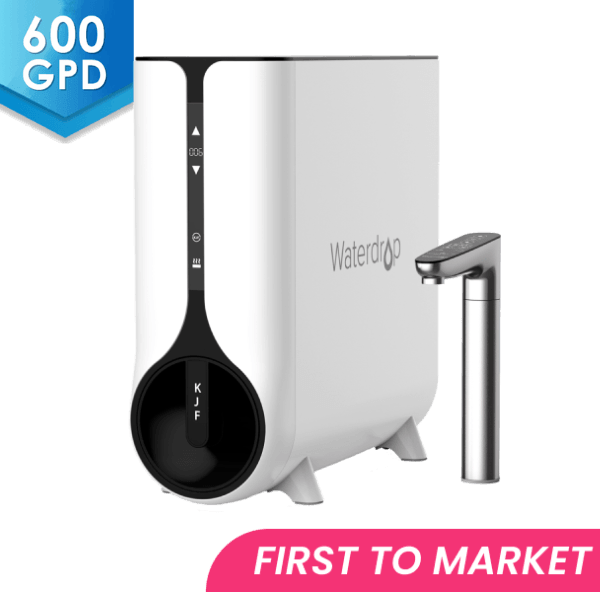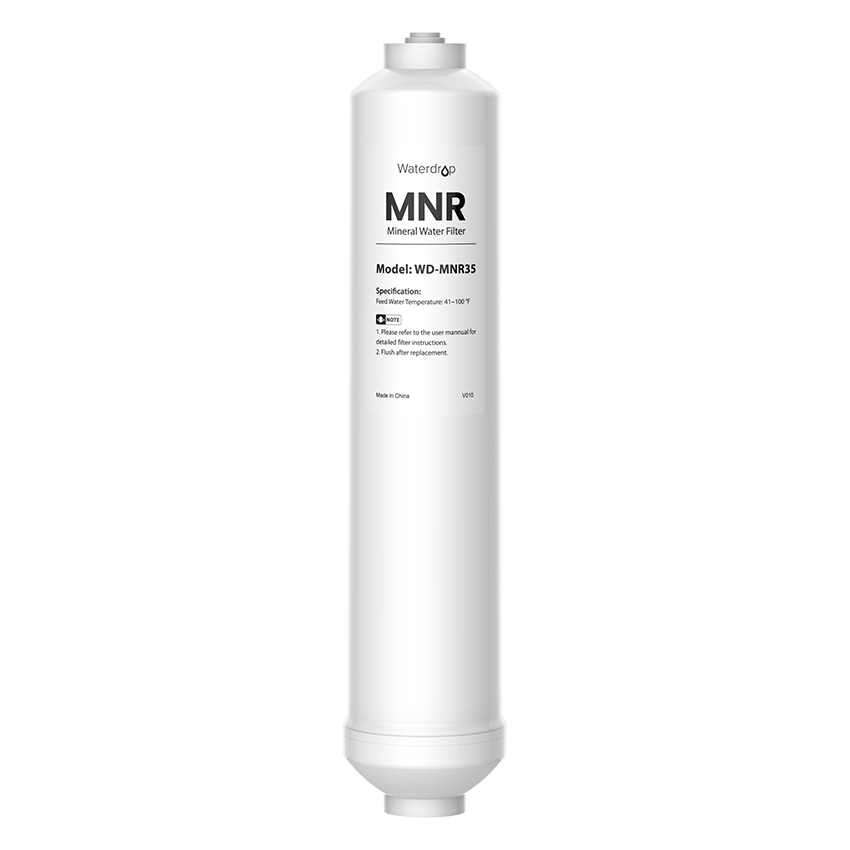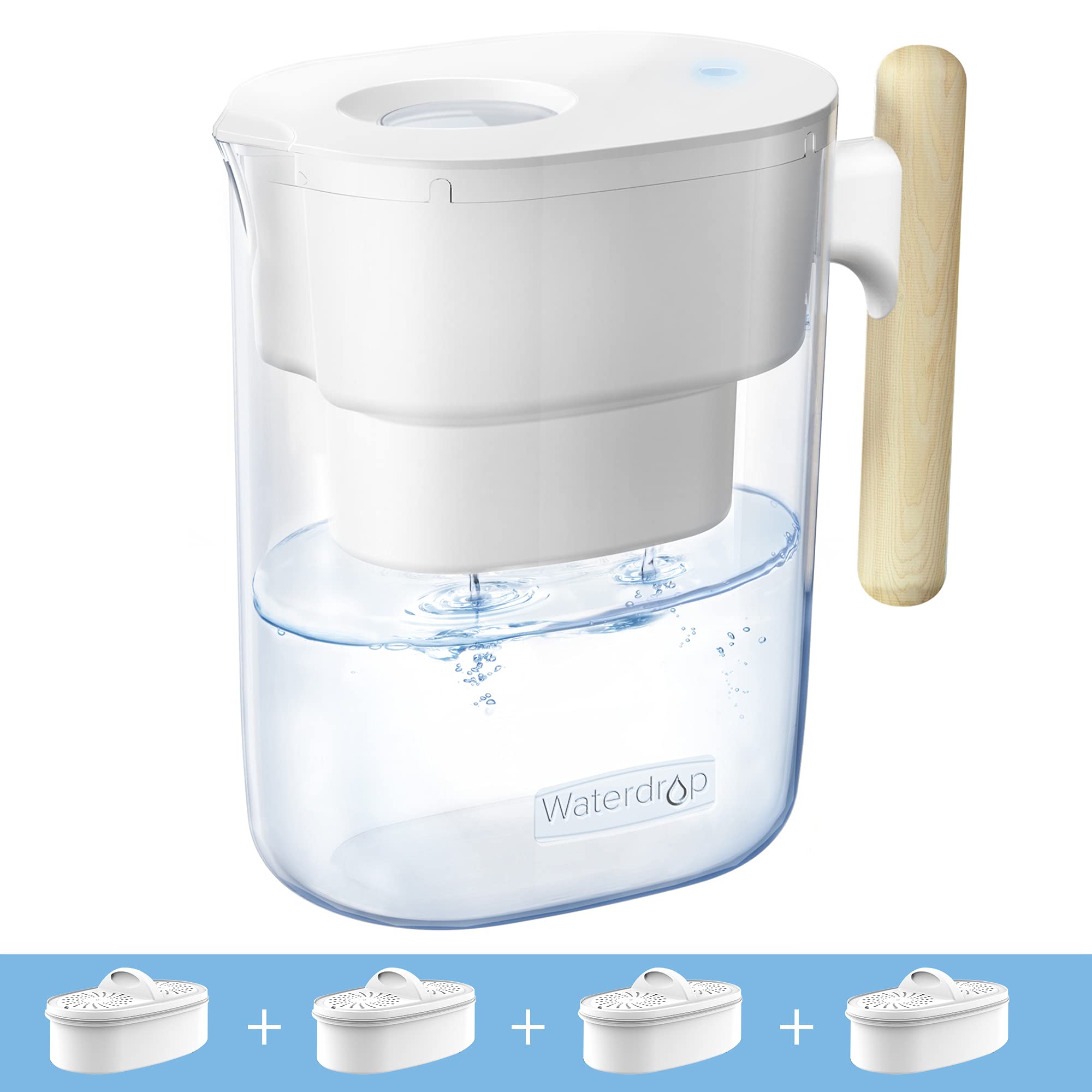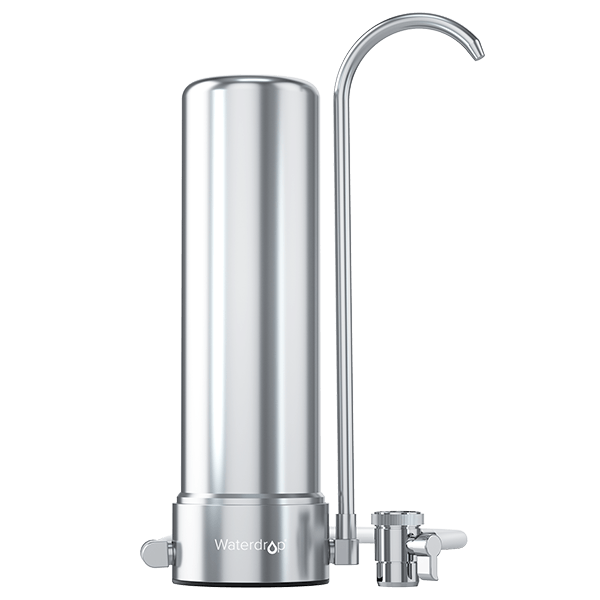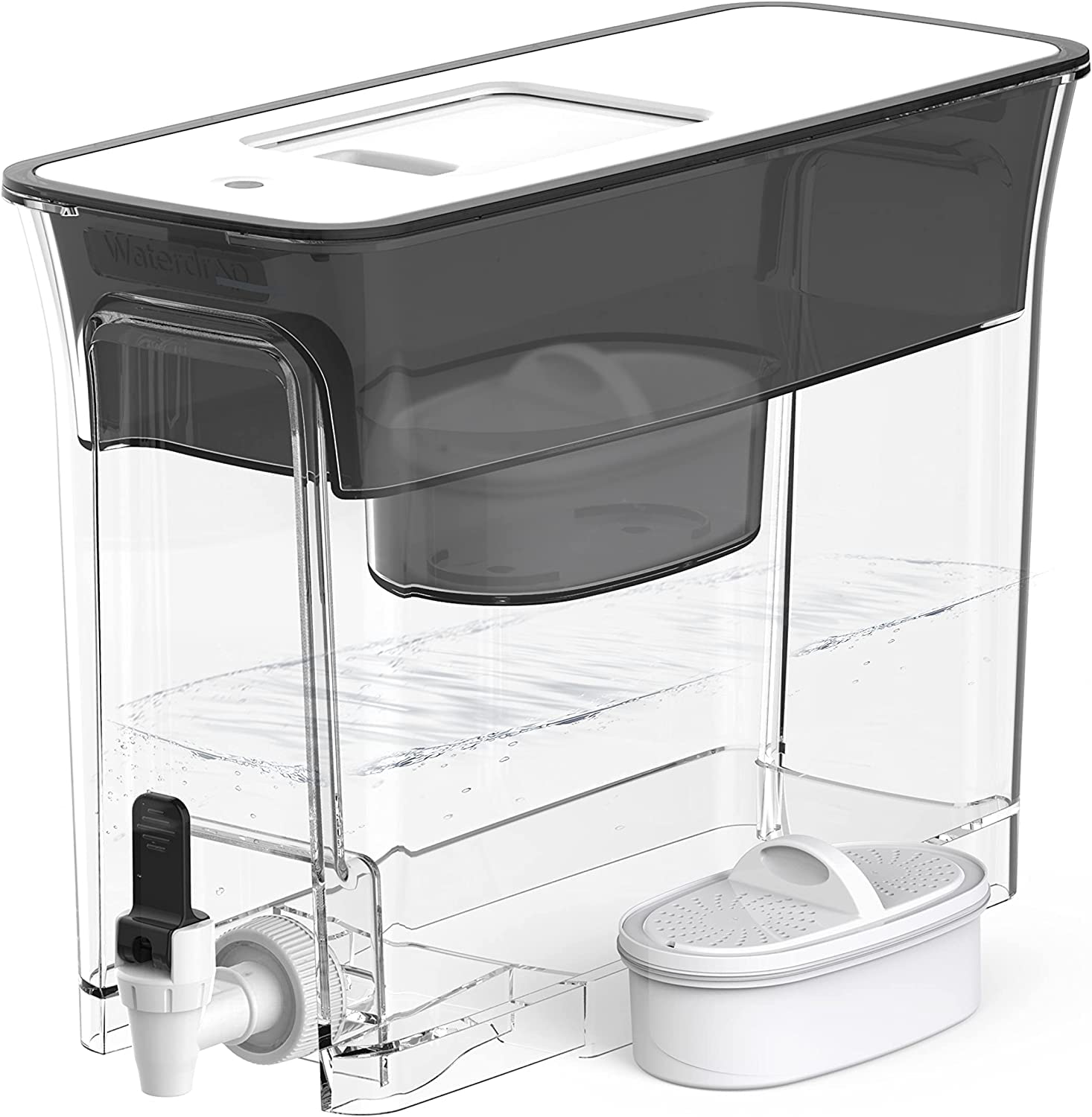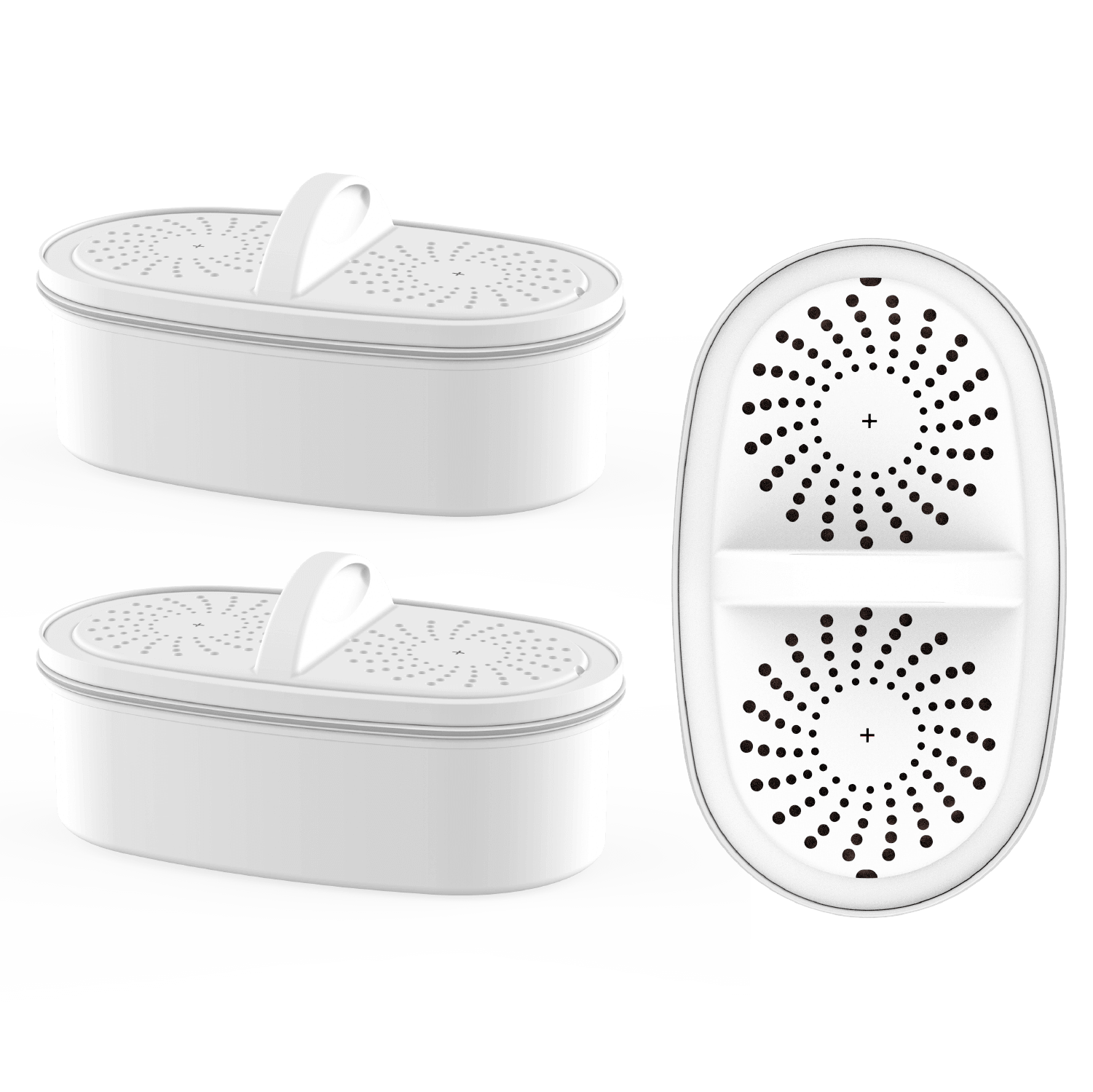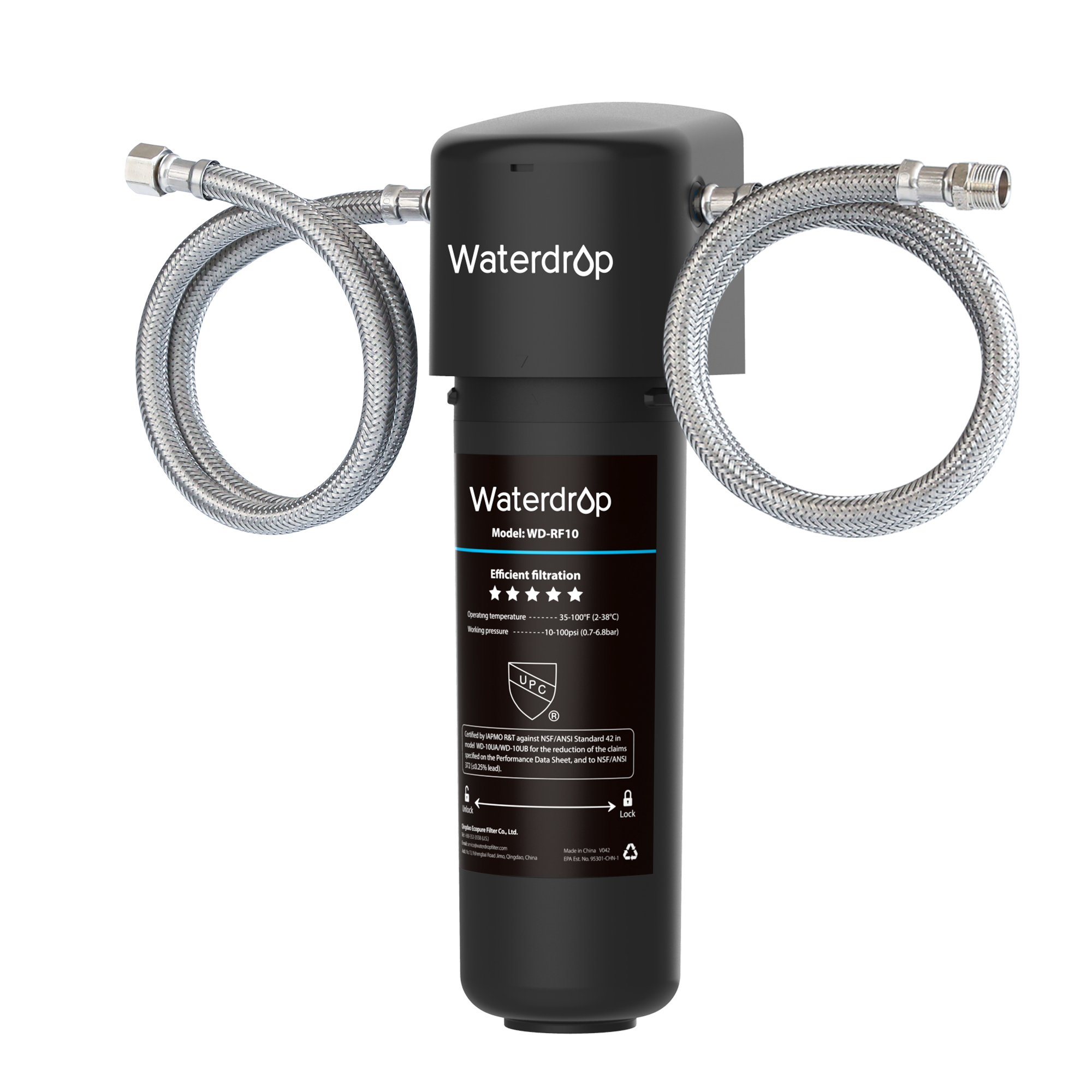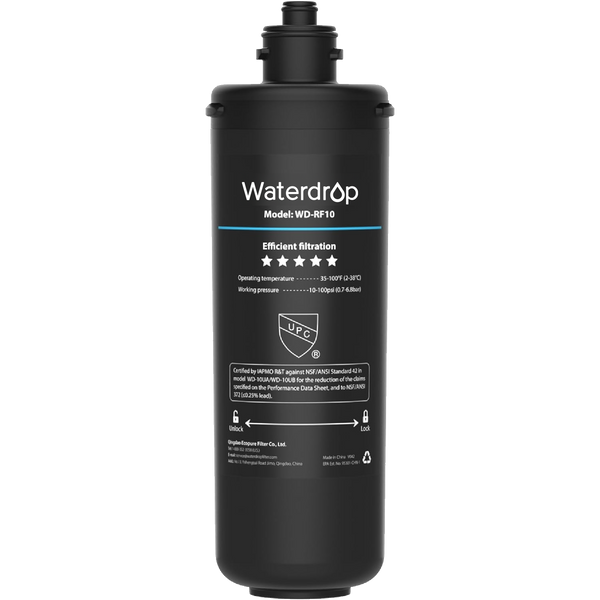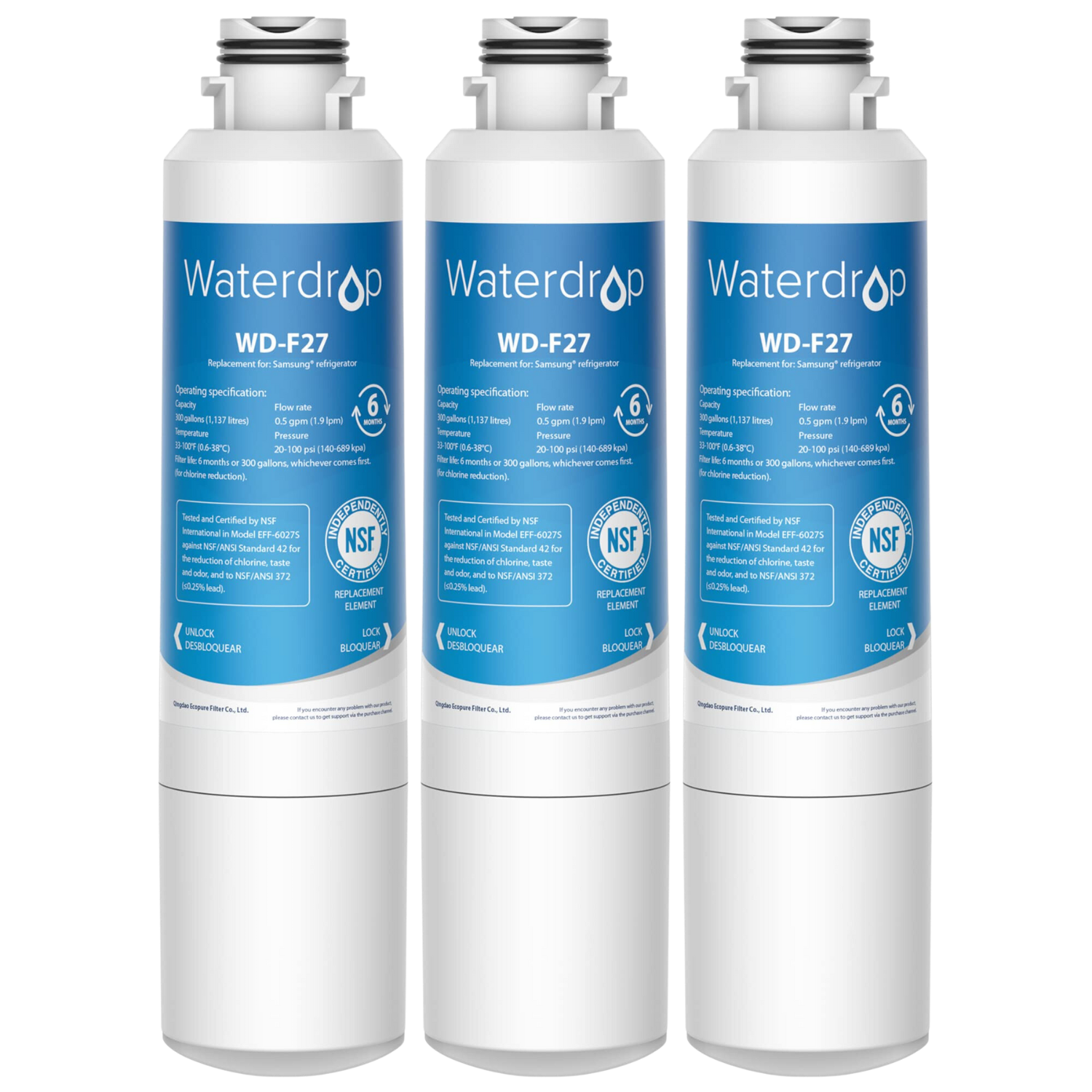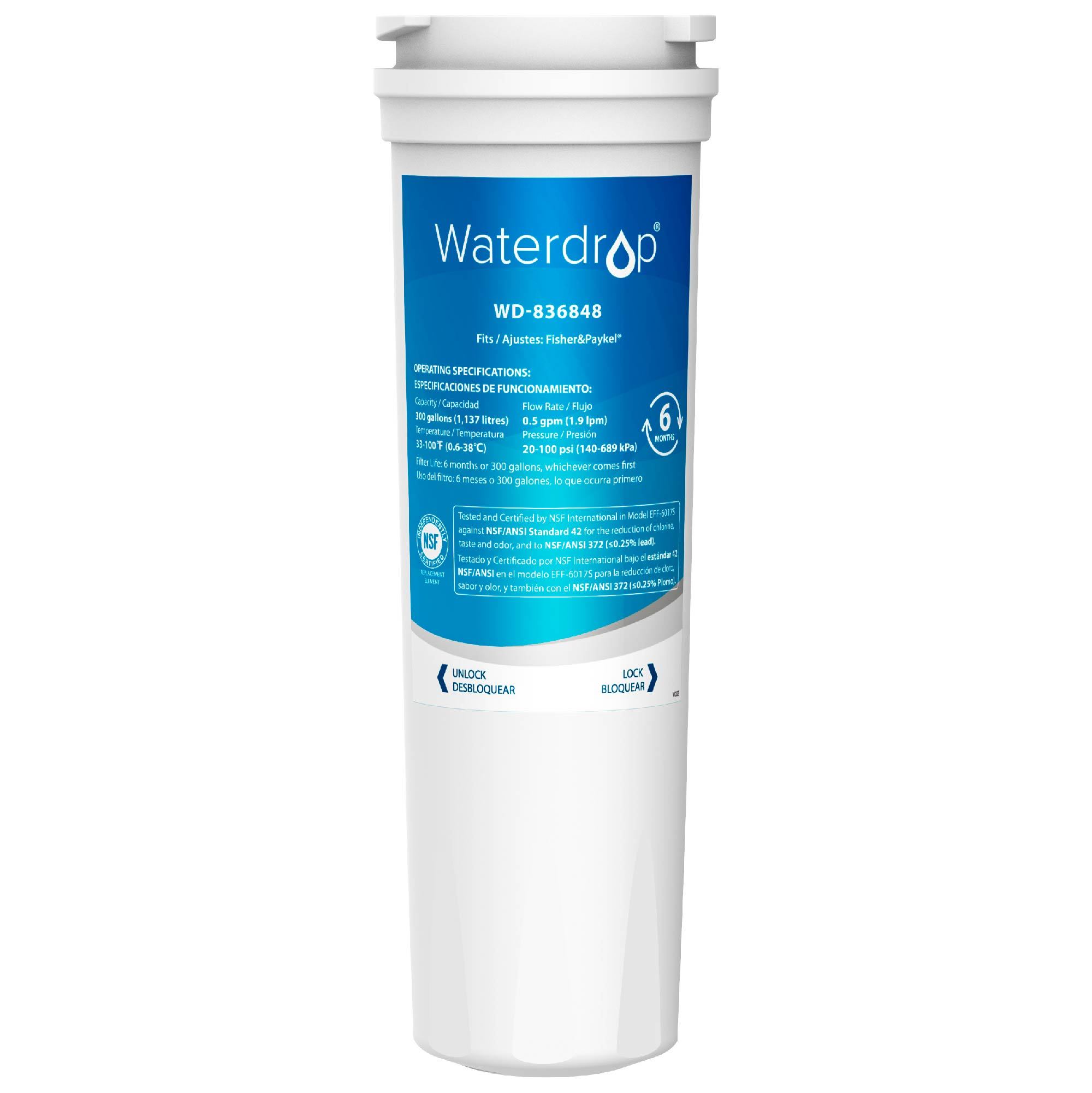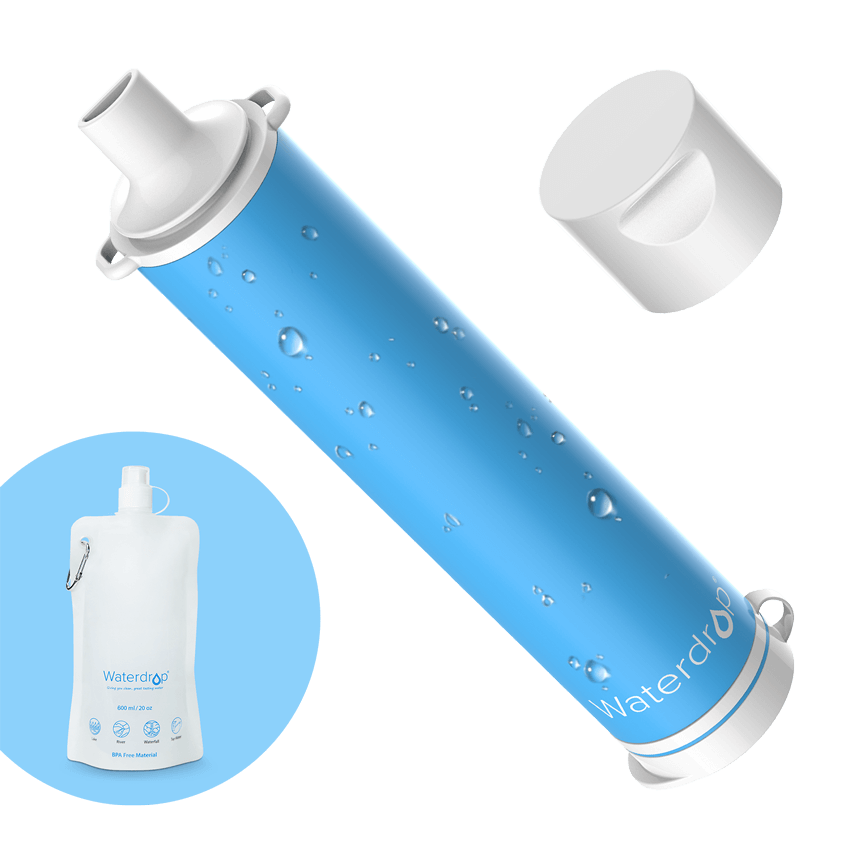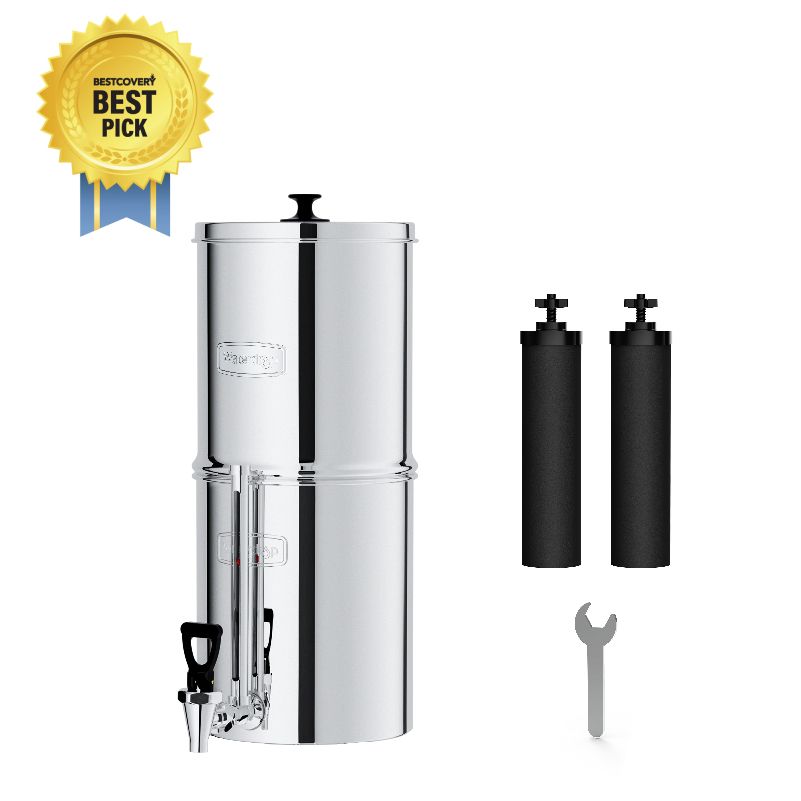What is an under-sink water filter?
An under-sink water filter is a kind of POU device that
works to reduce contaminants in drinking water. POU, point-of-use, means that the device is installed where
clean drinking water is needed. Also, as a kind of in-line water filter, under-sink water filter is usually
directly connected to your water line, and the water is filtered right before it comes out of your faucet or
refrigerator. For many people who do not have a whole house water filter, an under-sink water filter is a
great way to get clean and safe drinking water.
Types of under-sink water filters
Reverse osmosis filtration systems
The RO filtration system is one of the best filtration
systems nowadays. They can effectively reduce most contaminants in tap water, including chlorine, fluoride,
heavy metals, bacteria, pesticides, etc. The tankless design has become a trend, especially with its
space-saving design that makes it suitable for rooms with limited under-the-sink space. However, the process
of filtration often leads to the production of much wastewater.
Ultra-filtration systems
Ultrafiltration systems reduce debris and contaminants
larger than 0.01 micron in the feed water using a hollow fiber membrane. Ultrafiltration systems do not
reduce many toxins in the water, but they retain more healthy minerals than RO systems. If your budget is
limited and you are interested in a high-cost performance, the ultrafiltration system is a great choice.
Carbon filters
Carbon water filters are the most basic option when it comes
to filtration, but they are still very effective. They are designed to filter out odors, chlorine,
chloramines, and bad tastes from the tap water, leaving you with clean and odorless water. Carbon water
filters cannot remove dissolved substances such as arsenic, VOCs, etc. in the water.
Advantages and disadvantages of under-sink
water filters.
The Pros
They’re convenient and efficient.
Under-sink water filters are connected with the waterline,
so they filter the water before it gets to the faucet or refrigerator. This means you do not have to install
another filter at the faucet or refill a pitcher.
They save more space for you.
Installing an under-sink water filter means that you have
more storage space on top of the sink or counter.
They require minimal maintenance.
Most under-sink water filters have a long service life,
which means there is no worries about replacing the filter or maintaining the system very often.
They offer more options.
Under-sink water filters are available in multiple versions
and models: single-stage filtration models, multi-stage filtration models, direct connection systems, water
filters with a dedicated faucet, and others.
For instance, the filter system with a dedicated faucet
offers filtered and unfiltered water through two different faucets, meeting your different water needs.
They are mostly affordable.
Most under-sink water filters are affordable. You also get
to choose from various models depending on your budget. Even with the extra expenses on maintenance,
under-sink water filters are still a cost-effective choice for most families.
The Cons
They don’t chill the water.
The filtered water coming from the faucet is at room
temperature, unlike the chilled water from the fridge. You may need to add some ice cubes to your drinking
water to get chillness.
They are not that easy to install.
People who are not good at DIY may need a plumber to install
their under-sink water filter systems. Also, unlike pitchers or dispensers, the installation of under-sink
water filters is quite challenging and the system is harder to operate.
Considerations when choosing under-sink water
filters
The filter life
Varying filter lifespans means each filter is due for
replacement at different times. If you want minimal maintenance without having to worry about remembering
the date of the filter replacement, go for an under-sink water filter with a long lifespan of up to a year.
The size of the filter
This depends on the size of your under-sink space.
Single-stage water filters generally fit most spaces but multi-stage filters and tankless filtration systems
have difficulty fitting into tight spaces. Pay attention to the dimensions of the filter system before
purchasing.
The dedicated faucet
Some under-sink water filtration systems usually work with
dedicated faucets, and they require some additional installation on the counter. Make sure you have that
space and willing to make an extra effort.
The brand and the product
You should buy from a brand you can trust. Consider the
inclusion of a warranty in the offer, the standard NSF certifications, and the credibility of the
manufacturing company. Also pay attention to the capacity of the filter, flow rate, temperature, and
filtration performance. Always avoid a product mismatch.
*For detailed information, please refer to the performance data sheet in the
instruction manual.
The following claims have not been tested and certified by NSF: compatibility claims.
The above statement is accordance with the NSF General Policy 25. Please note the certification information is only applicable to Waterdrop, not representing other brands on this page.
The following claims have not been tested and certified by NSF: compatibility claims.
The above statement is accordance with the NSF General Policy 25. Please note the certification information is only applicable to Waterdrop, not representing other brands on this page.
Sort by
- Featured
- Best selling
- Alphabetically, A-Z
- Alphabetically, Z-A
- Price, low to high
- Price, high to low
- Date, old to new
- Date, new to old



